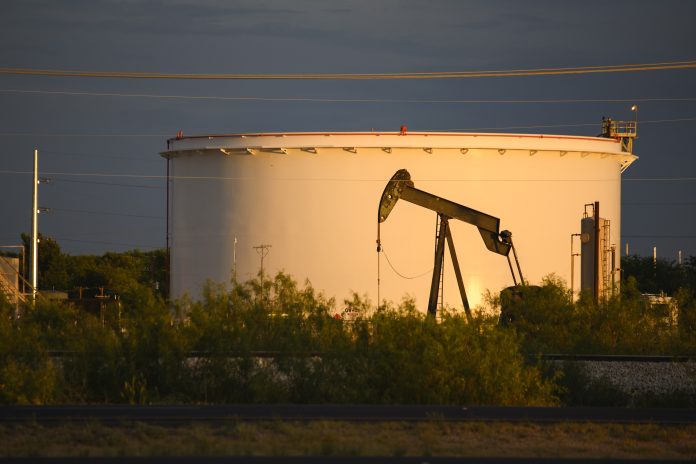
The Apache Corp.’s $4.5-billion acquisition of the Callon Petroleum Co. of Houston was a major feature of its second quarter as its American production of 139,500 barrels per day was up by 67 percent from the first quarter.
“Capital expenditures were lower than expected, mostly due to timing of spend,” President-CEO John Christmann said. “Production and costs were significantly better than expected on a barrel of equivalent basis after adjusting for asset sales and discretionary natural gas and natural gas liquids curtailments.
“Our Permian Basin continues to perform at a high level and we marked our sixth quarter in a row of meeting or exceeding U.S. oil production guidance.”
Christmann said Apache saw a positive contribution from new wells, improved results from re-completions and continued strong base production, which particularly benefitted from the implementation of several new water injection projects.
“We are also beginning to see a decrease in off-line oil volumes waiting on workover as we moderate the drilling rig count to free up workover rig resources,” he said.
The president-CEO said operations were relatively smooth in the North Sea with better-than-forecast facility run time driving higher production.
“Our ongoing focus in the North Sea is rightsizing our cost structure for late life operations,” he said. “In Suriname our partner, Total, recently announced that it had secured the floating production storage and off-loading hole for our first offshore development and we remain on track for a final investment decision before year-end and first oil in 2028.”
Christmann said Apache’s preliminary estimate is that it can drill a standardized two-mile lateral for roughly $1 million less than Callon was spending in 2023.
“In the U.S. we will average nine to 10 rigs for the remainder of this year, consisting of approximately five rigs in the Delaware and four in the Midland,” he said. “We plan to run three to four frac crews and complete about 90 wells by year-end.
“This sets the stage for strong oil growth in the second half of the year. Accordingly we are increasing fourth quarter U.S. oil guidance to 150,000 barrels per day, which is up 1,500 barrels per day after adjusting for the impact of asset sales closed in June. This represents organic production growth of roughly 8 percent compared to the second quarter.
“We also expect an increase in natural gas and NGL production driven primarily by fewer discretionary curtailments than in the first half of the year.
“In Egypt we expect a continuation of the operational progress that we made in our second quarter.”
Executive Vice President-Chief Financial Officer Stephen J. Riney said Apache had consolidated net income of $541 million or $1.46 per diluted common share.
“During the first half of the year we generated roughly $200 million of free cash flow and returned $311 million to shareholders, nearly half of which consisted of share repurchases,” Riney said.
“That’s a lot compared to the $200 million of free cash flow, but we like buying at those share prices and we anticipate free cash flow will be much higher in the second half of the year.”



